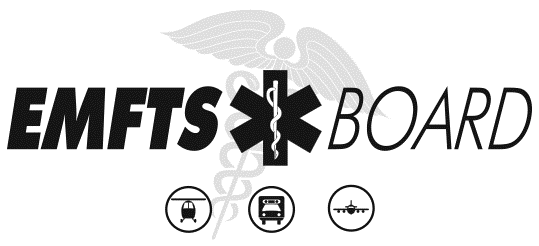|

|
|
State Board of Emergency Medical, Fire, and Transportation Services
Dudley H.A. Wright II, Chair
Kent Appelhans, Vice-Chair
Dr. Carol Cunningham, State Medical Director
www.ems.ohio.gov/about.aspx
|
|
|
To:
|
Ohio EMS providers, EMS agencies, and EMS medical directors
|
|
From:
|
Carol A. Cunningham, M.D., FAAEM, FAEMS
|
|
|
State Medical Director, Ohio Department of Public Safety, Division of EMS
|
|
Date:
|
July 22, 2019
|
|
RE:
|
Measles and Ohio EMS
|
Measles, a highly contagious disease that is caused by the rubeola virus, is in the midst of a resurgence in our nation with a case recently identified in the State of Ohio. The disease is transmitted through saliva and the
incubation period is 10-15 days. Measles presents with a high fever, cough, conjunctivitis, and nasal congestion followed by a brownish rash that begins on the face and spreads to the rest of the body. The disease can progress to more serious symptoms such
as pneumonia or encephalitis. The placement of a surgical face mask on patients exhibiting respiratory symptoms is recommended during contact with these patients.
The most effective avenue to prevent and mitigate the spread of this measles is through vaccination. The first measles vaccine was developed in the 1960s, and older EMS providers may have contracted measles as a child prior
to its availability. MMR, the combination of vaccines for measles, mumps, and rubella, became available in the early 1970s which led to a significant decrease in the incidence of these diseases. Whether an EMS provider contracted measles as a child or received
the measles or MMR vaccine, immunity against measles can be assessed through a serology test from a sample of blood.
According to the Centers for Disease Control and Prevention (CDC), adults who were born during or after 1957 and do not have immunity to measles should receive at least one dose of the MMR vaccine. For young adults at post-high
school education institutions, the CDC recommends that those without immunity receive the MMR vaccine followed by a second dose of this vaccine within 28 days after the first dose. As with most immunizations, there is a small percentage of individuals who
do not acquire immunity after receiving one dose of a vaccine. For measles, the second dose of the MMR is typically effective in creating an acceptable level of immunity in those individuals who do not respond to the first dose.
The challenge for EMS providers is that there are a multitude of illnesses that present with fever, cough, and a rash. In the prehospital setting, it is often impossible to definitively identify the specific disease your patient
has contracted. This fact truly highlights the importance of donning appropriate personal protective equipment paired with frequent hand hygiene for each and every patient encounter.
Thank you for your dedicated service to Ohio EMS. Stay safe and get vaccinated!
|